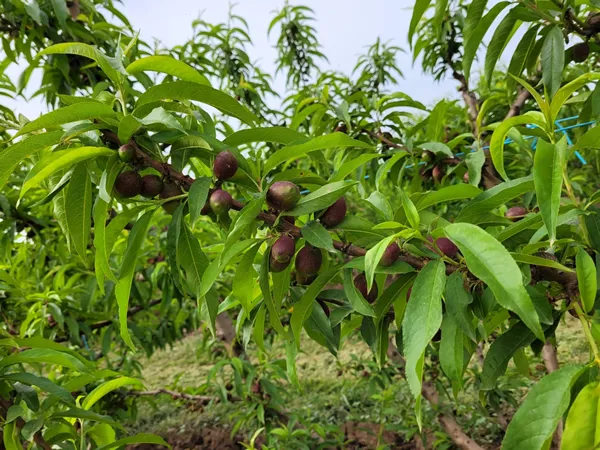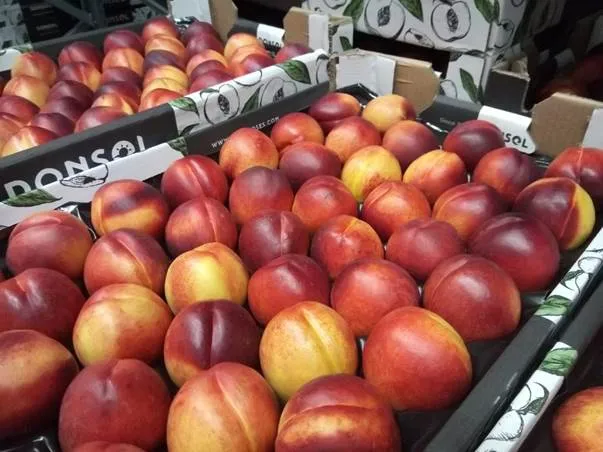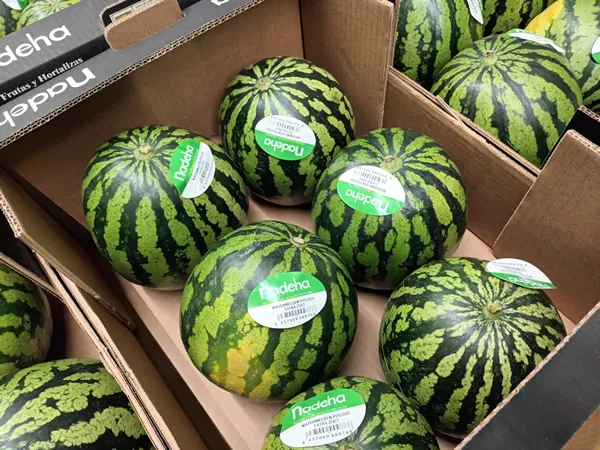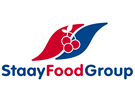"I've never experienced anything like this before," says Nico Veldhoen of the Staay Food Group when we asked him about the stone fruit market's current situation. "Not only the frost damage but also the rain will have an impact in the coming weeks. We hope to get to a 50% volume, but we won't know if that's possible until we get the fruit."

"Presently, the Seville and Murcia seasons are in full swing. It was extremely hot in Seville last week, but that region seems to have survived that reasonably well. Soon, however, we'll fall back on the remaining (smaller) volumes from Murcia and the new area of Badajoz. That's quite a small area that will have considerably less product. We're expecting half the normal nectarine and peach harvest from Murcia. Nectarines will have a tough week 23 and 24."

"Things look even worse in Lerida, where the stone fruit season is ending. There, we expect a zero to 50% production. The local differences are huge: where it's been -6ºC this spring, there's no production at all. Where that's not been the case, it's not so bad. Nonetheless, the peaches, nectarines, and apricots in that region have taken a beating. The flat peaches seem to be the least affected stone fruit variety at the moment," Nico says.
Melons: 15% plantings
"Six weeks of rain have taken their toll on Murcia. Also, only 15% of the melon acreage for harvest until week 27 has been planted (due to the heavy rain). Until then, there will be hardly any Galia, yellow, and Cantaloupe melons coming from that region. We've not experienced this before. There are more watermelons because growers could plant more of them."
"These melons prefer sandy soil types. So, about 70% of the area has been planted; we can live with that. Currently, however, very few watermelons are coming from Almeria. Many melons have been lost due to rain or are of poor quality. Galia cultivation in Almeria is no longer an issue. But the situation should begin improving after week 27," continues Nico.

"It seems it's going to be a generally expensive year. Demand is super good, but that's often the case when there's a product shortage. With all the shortages, the whole market's unbalanced, and as it stands, it will remain challenging to meet demand until the end of the season.
"In any case, the market will remain one of demand in the coming weeks. In both stone fruit and melons, We're doing everything we can, for both stone fruit and melons, to load as much product as possible. We should, at least, have enough for our regular programs during the season," Nuci concludes.
 Voor meer informatie:
Voor meer informatie:
Nico Veldhoen
Staay Food Group
+31 (0)180 679 142
[email protected]
www.staayfoodgroup.nl
